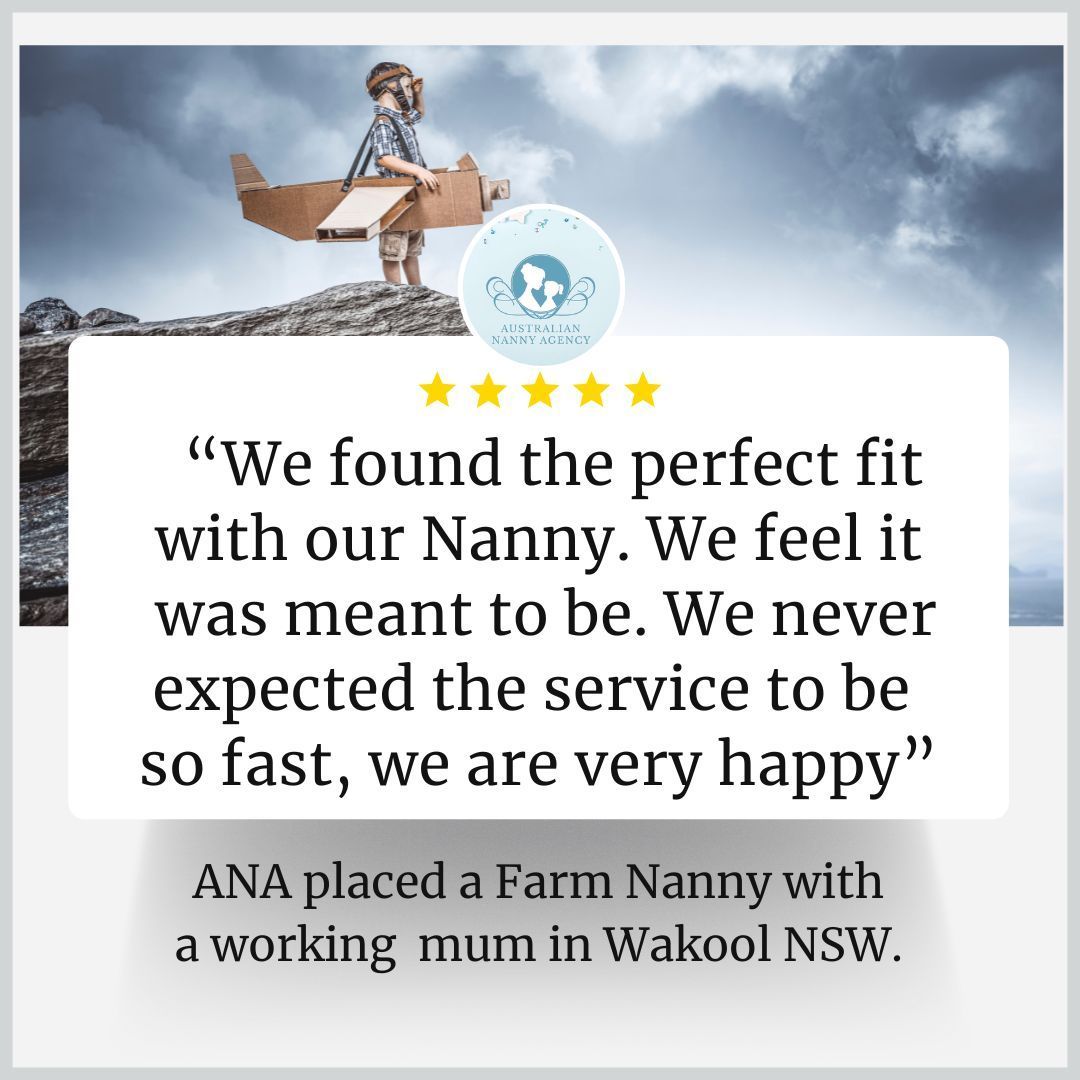Transforming Child Safety: Harnessing Innovations and Technology for Enhanced Protection Strategies
The Future of Child Protection: Innovations and Technology
In an era characterized by rapid technological advancement and increasing social awareness, the arena of child protection is undergoing a transformative change. Child protection, which once heavily relied on traditional methods such as social welfare interventions and community support, is being augmented by various innovative technologies that not only enhance the effectiveness of interventions but also enable proactive measures in safeguarding children. As we look to the future, it is imperative to explore how these innovations can reshape child protection systems, making them more efficient, accessible, and responsive to the needs of children and families.
The Current Landscape of Child Protection
Child protection encompasses a wide array of efforts aimed at preventing abuse, exploitation, and neglect. Traditionally, this has been the responsibility of government agencies, non-profits, and community organizations. However, the complexity of issues like domestic violence, poverty, and mental health has made these challenges increasingly difficult to address. In recent years, the global community has acknowledged the necessity for a more integrated and multi-faceted approach to child protection, which is where technology comes in.
The Role of Technology
Data Analytics and Predictive Modeling
One of the most significant advancements in child protection is the utilization of data analytics and predictive modeling. Traditional systems often react to incidents of abuse or neglect after they occur, but predictive analytics allows organizations to identify risk factors and intervene before a child is harmed. By analyzing historical data—such as reports of domestic violence, substance abuse, and mental health issues—agencies can identify families that may be at higher risk of child maltreatment. This proactive approach facilitates targeted interventions that can help prevent crises before they escalate.
Artificial Intelligence and Machine Learning
Artificial Intelligence (AI) and machine learning are becoming invaluable tools in the child protection sector. These technologies can analyze vast amounts of data far more quickly than human workers can, identifying patterns and making predictions about potential risks. For instance, AI can be used to analyze reports from child protective services to identify trends and commonalities across cases. This data can inform policymakers and practitioners, leading to evidence-based interventions.
Mobile Applications
Technology has made child protection more accessible and immediate through mobile applications. Several organizations have developed apps that empower children and families to report abuse or seek help discreetly. For example, apps offering chat functions can connect users with trained counselors or provide information on local resources, including shelters or hotlines. The immediacy of these innovations can be a game changer, particularly in situations where a child may not feel safe reaching out for help in a traditional manner.
Virtual Reality (VR) and Augmented Reality (AR)
While still an emerging field, VR and AR technologies are being explored for their potential benefits in child protection training and rehabilitation programs. For instance, VR can be used in training social workers, allowing them to experience scenarios that require critical thinking and problem-solving in a controlled environment. This immersive learning process can enhance empathy and develop better responses to real-life situations. Furthermore, AR could be employed in educational settings to raise awareness about child rights and safety, thus empowering children with knowledge about protection.
Collaborative Platforms
As a response to the fragmented nature of child protection services, collaborative technology platforms are emerging to coordinate efforts among various stakeholders—government agencies, NGOs, law enforcement, and healthcare providers. These platforms facilitate the secure sharing of information, ensuring that all parties involved can collaborate effectively and work towards a common goal. Integration of services encourages a holistic approach to child welfare, addressing not just the symptoms of abuse but also the underlying issues.
Addressing the Digital Divide
As we embrace technological advancements in child protection, it is crucial to address the digital divide that exists in many communities. Vulnerable populations often lack access to the necessary devices or reliable internet services, which could hinder their ability to utilize these innovative resources. Policymakers must prioritize equitable access to technology as part of their child protection strategies. By providing the necessary tools and training, we can empower families to use technology for their benefit.
Ethical Considerations
While the integration of technology in child protection offers numerous benefits, it also raises significant ethical concerns. Issues of privacy, data security, and consent are paramount. Organizations must ensure that they are using data responsibly and in a manner that protects the vulnerable children they aim to serve. Furthermore, there is a need for robust ethical guidelines that govern how technology can be used and the extent to which data can be shared among agencies.
The Human Element
Despite the numerous advantages associated with these technological innovations, it is crucial to remember the human element in child protection. Technology should never replace the compassionate judgment and emotional support that trained professionals provide. Instead, it should serve as a tool to enhance their effectiveness. Building trusting relationships with children and families remains at the core of successful intervention strategies. Technology should facilitate these interactions, not obscure them.
Conclusion
The future of child protection is undoubtedly intertwined with technological innovation. Through predictive analytics, AI, mobile applications, and collaborative platforms, we can create a more proactive and responsive child protection system. However, it is crucial to approach these changes thoughtfully, ensuring that they are implemented in an equitable and ethical manner. Ultimately, by leveraging technology thoughtfully and maintaining the essential human touch, we can advance toward a world where every child is safe, supported, and empowered to thrive.
By fostering innovation while maintaining a strong focus on the needs and rights of children, we can redefine child protection for the better, ensuring that no child falls through the cracks of an increasingly complex societal landscape.
Share your thoughts
Blog









